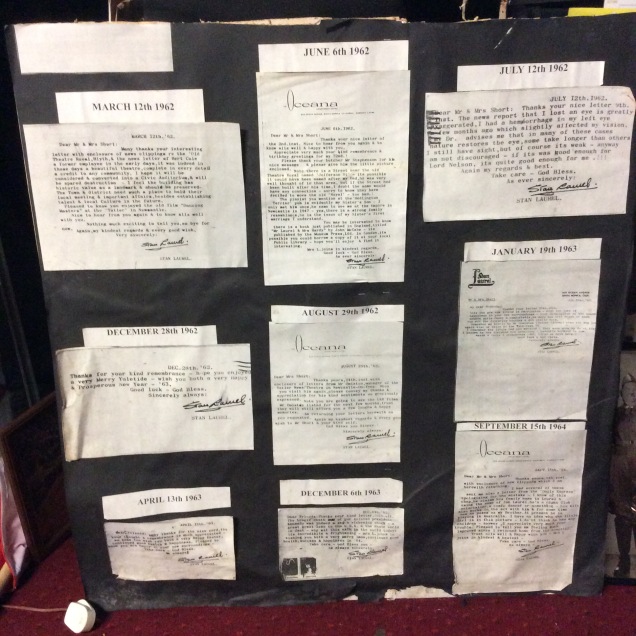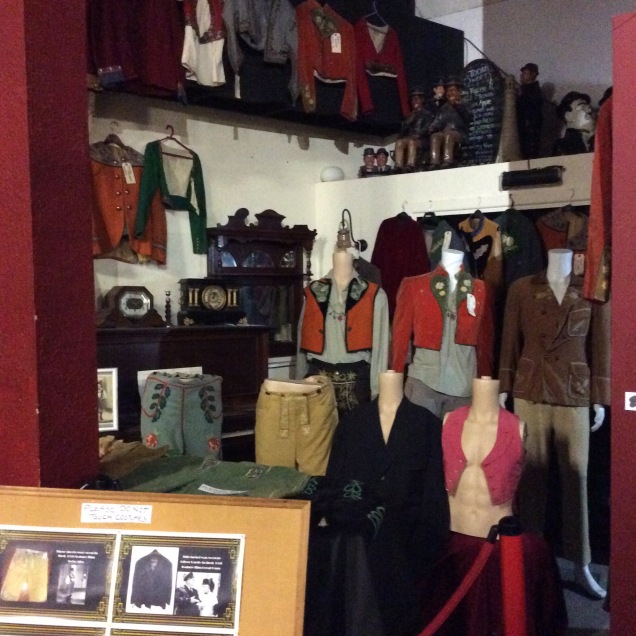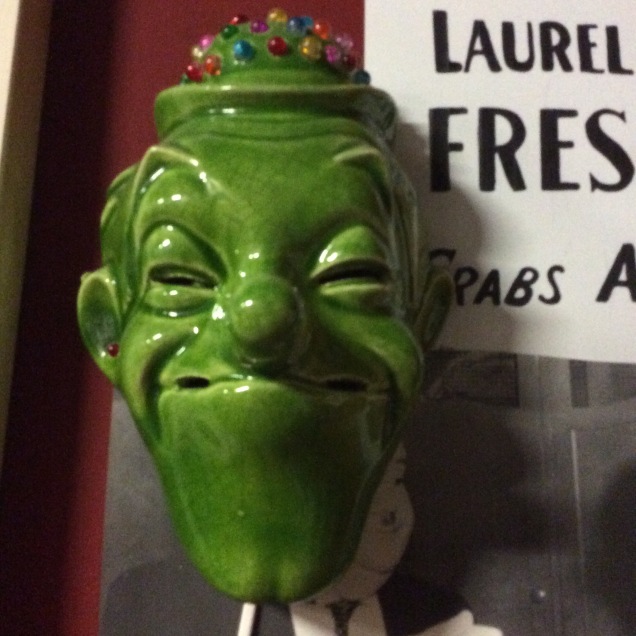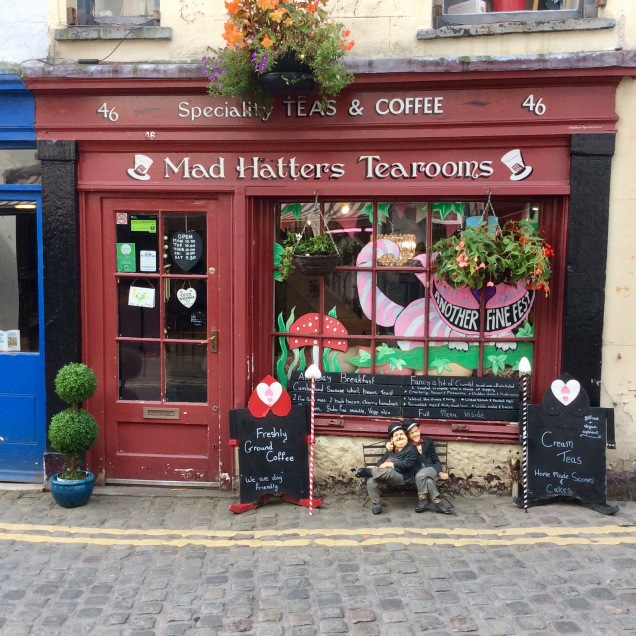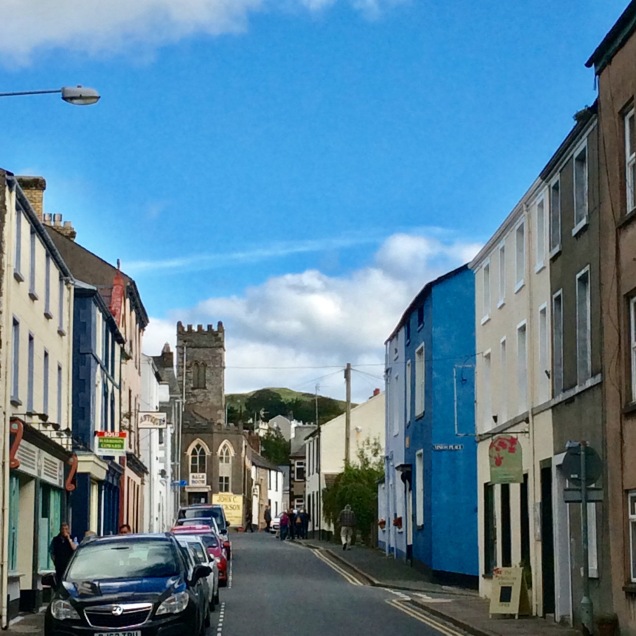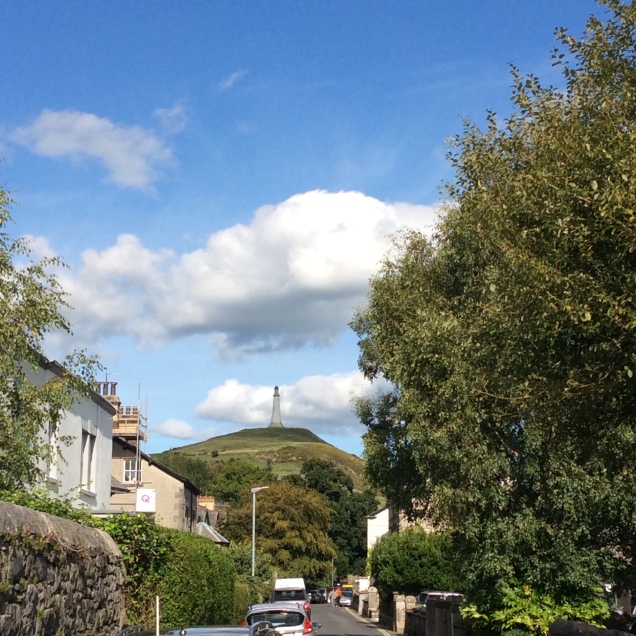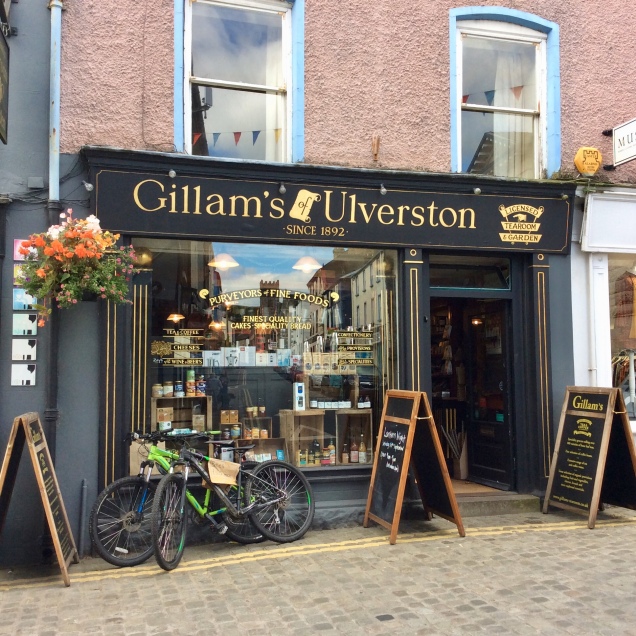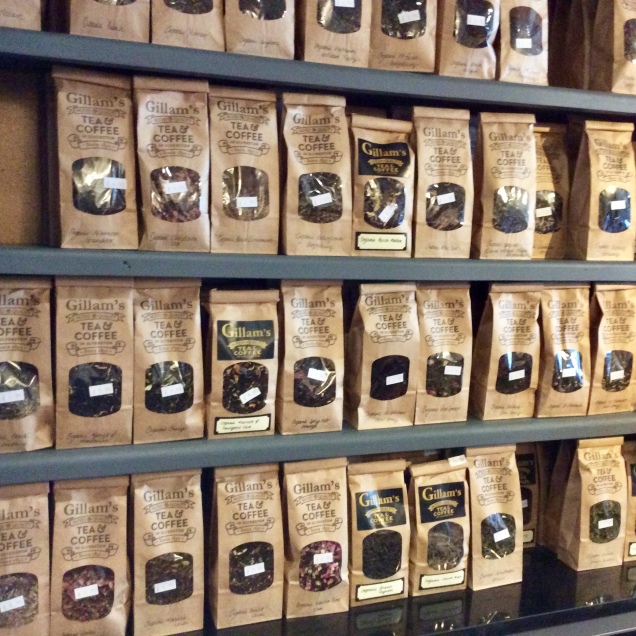
Well, what a changeable summer we had here in the UK! August in particular was wetter and cooler than usual here in the north west of England. We also had a few exceedingly hot days which were most welcome. This summer I spent more time at home than usual, relishing those dry, warm days and, like a contented sloth, lazing in the garden, admiring nature’s handiwork in which my own efforts have played a small part. Not knowing how many more luxuriously sultry, blazing days might still be to come – or not – I made the most of each, in case it was to be the last.
I also became something of a wimp as far as travelling was concerned. I hope this is a temporary thing. I found repeatedly that I could not muster much enthusiasm for being out in the countryside or at the coast – or anywhere – in heavy rain, or in cramped, sticky, sweaty trains or buses on the hotter days. As autumn advances I’m sure I shall once again return to my gallivanting ways, but it has actually been rather lovely slowing down and enjoying my own small but exclusive green space.
Autumn is here. Instinctively, I hold with the ancient calendars which place the start of autumn in August at the time of the first harvests. There is a tangible shift which is felt most keenly in those colder, damper evenings.

The blackberries in my hedges, which appeared for the first time two years ago, have been and gone. Blackberries remind me fondly of childhood when we used to go as a family on long walks, parents and siblings all harvesting the plump purple fruits in old ice cream tubs or Tupperware containers, fingers stained blue and arms invariably scratched from delving into prickly brambles. Those days are distant memories, and nowadays I leave my own miniature crop for the birds to enjoy.
The wild flowers have all died back now and new growth has slowed down. The rose bushes are still adorned with buds but I know from experience that many of those will not open. Those still in full bloom continue to nourish wild life.
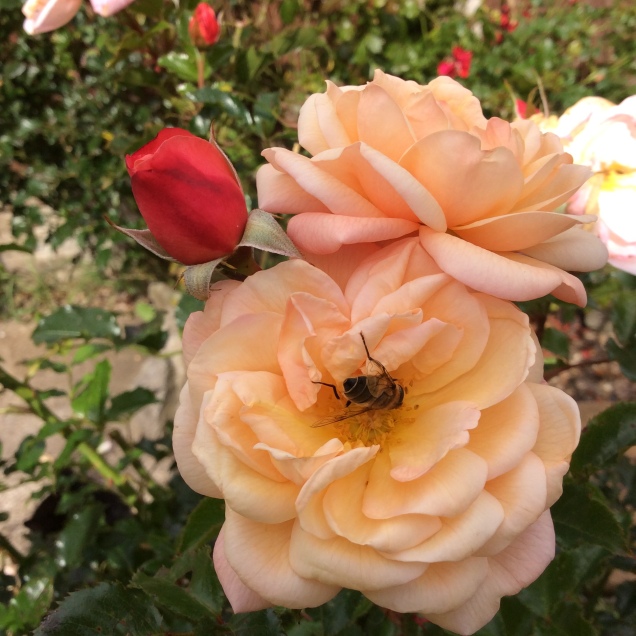
It has been a joy to see so many butterflies in the garden this year, mainly feasting on the verbena, which has been a triumph. There will be more of that next year too. Some of my graceful visitors are below: commas, small whites, small tortoiseshells, peacocks, speckled woods (I think!) and painted ladies which arrived en masse in late July.





In mid September we are still enjoying some fine sunny days. There is still a lot of colour. The shop-bought Nigella seeds have, like last year, added so much beauty to every part of the garden in shades of white and various blues. They are amazing, growing vigorously and splendidly wherever the seeds were scattered.
Most have now finished blooming, their stunning seed heads continuing to delight.
A few have already turned brown and as thin and dry as old paper. The black seeds rattle inside their shells. After releasing and collecting them I’ll store in a dry dark place until the spring when they can be planted, providing me with an abundance of new plants for free.
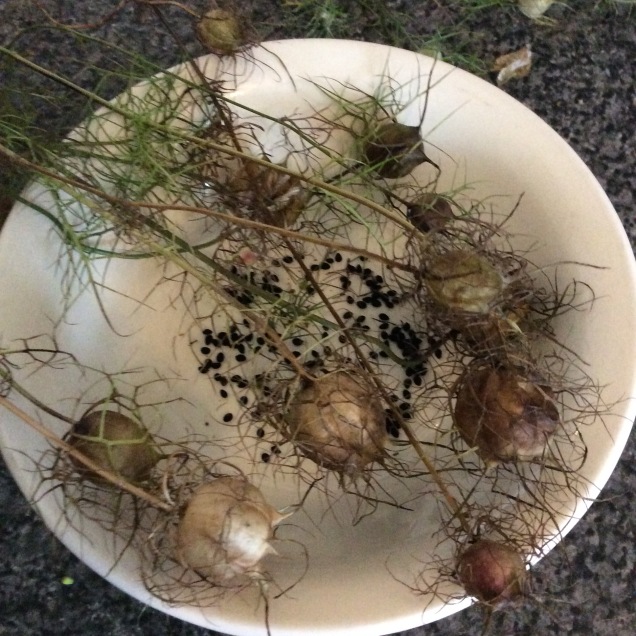
It will soon be time to place the spring bulbs in the earth and to cut back the spent growth so that it may rest over the winter until it’s time for the cycle of growth to start again. For now, I’ll enjoy this warm start to the autumn, relishing every moment.















